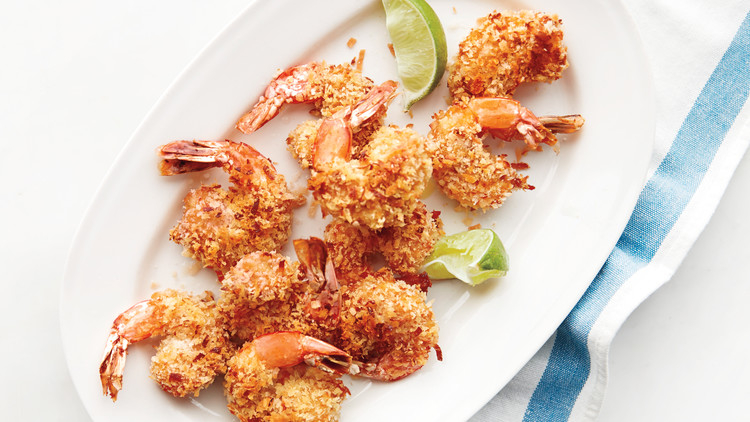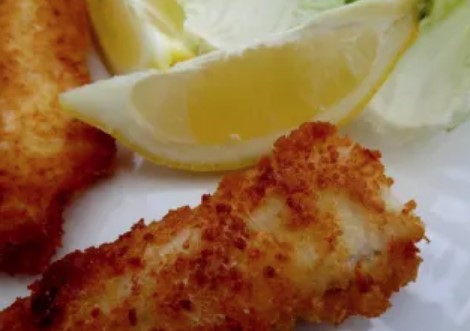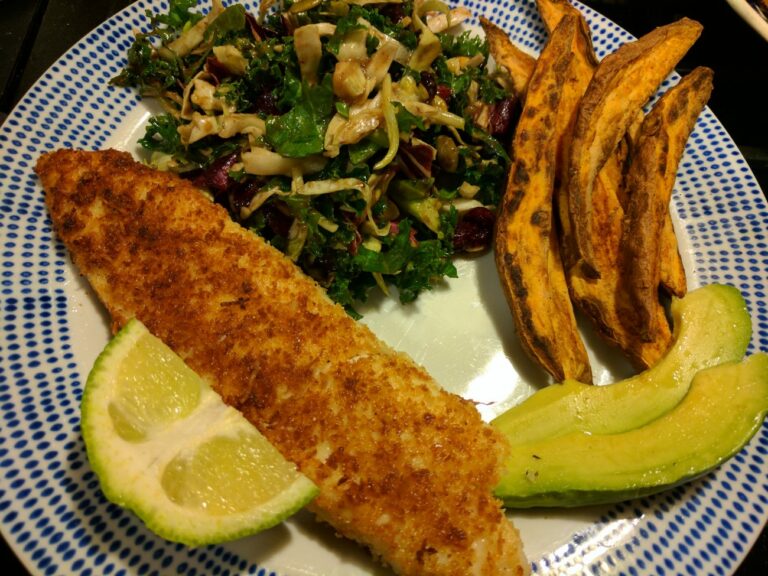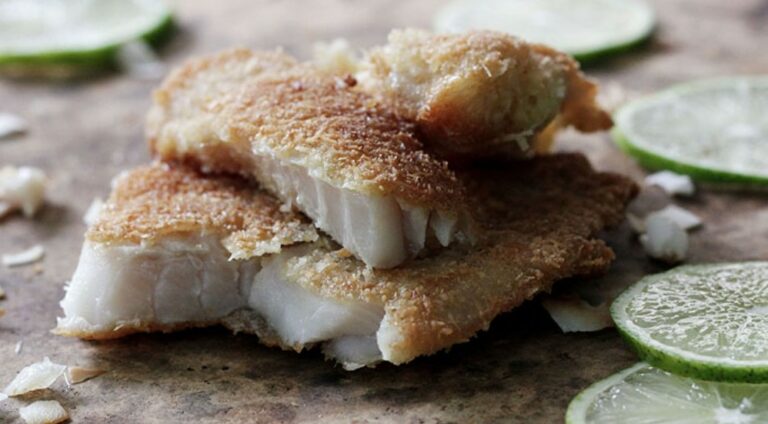Introduction: Nauru’s cuisine and vegetarianism
Nauru is a small island nation located in the Pacific Ocean, with a population of approximately 10,000 people. The country’s cuisine is heavily influenced by its indigenous culture, as well as the various foreign powers that have occupied the island throughout its history. Traditional Nauruan dishes often feature seafood, coconut, and tropical fruits. However, with the rise of vegetarianism and veganism worldwide, the question arises: are there vegetarian options available in Nauruan cuisine?
Traditional Nauruan dishes and their ingredients
Traditional Nauruan cuisine is not typically vegetarian-friendly, as meat and seafood are often the main ingredients in many dishes. For example, a popular dish is Ika Mata, which consists of raw fish marinated in coconut cream and lime juice, and is often served as an appetizer. Another common dish is Palusami, which is taro leaves filled with coconut cream and corned beef. Additionally, Nauruan cuisine also features dishes like curried fish, coconut crab, and grilled octopus.
Vegetarianism in Nauru: cultural and religious influences
Vegetarianism is not a traditional part of Nauruan culture, and there are no significant religious influences that promote vegetarianism. However, there has been a recent shift towards plant-based diets worldwide, and Nauru is no exception. Some Nauruans have adopted vegetarianism for personal health reasons, while others have become vegetarian or vegan as a way to reduce their environmental impact.
Modern vegetarian options in Nauru’s restaurants
While traditional Nauruan dishes are not typically vegetarian-friendly, many of the restaurants in Nauru now offer vegetarian options on their menus. These options may include dishes like vegetable stir-fry, tofu curry, or vegetarian sushi rolls. Some restaurants even offer plant-based meat substitutes like Beyond Meat or Impossible Burger.
Challenges and opportunities for vegetarians in Nauru
One of the main challenges for vegetarians in Nauru is the availability of fresh and varied produce. As an island nation, Nauru has limited access to imported fruits and vegetables, which can make it difficult to maintain a varied plant-based diet. Additionally, meat and seafood are often seen as a sign of wealth and status, which can make it challenging for vegetarians to find acceptance within the community. However, there is also an opportunity for vegetarians to promote a more sustainable and healthy way of eating, as well as to explore the unique flavors of Nauruan plant-based dishes.
Conclusion: the future of vegetarianism in Nauruan cuisine
While traditional Nauruan dishes are not typically vegetarian-friendly, there is a growing interest in plant-based diets in Nauru. With the rise of veganism and vegetarianism worldwide, it is likely that the availability and variety of vegetarian options in Nauru will continue to increase. As more people recognize the health and environmental benefits of plant-based diets, vegetarianism may become a more accepted and widespread way of eating on the island.




